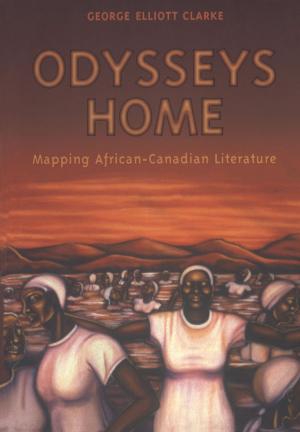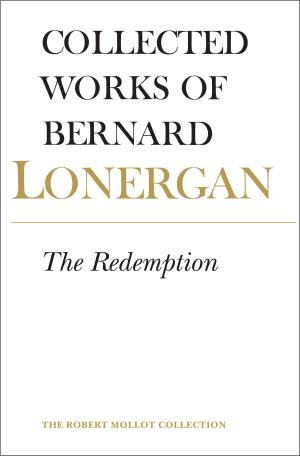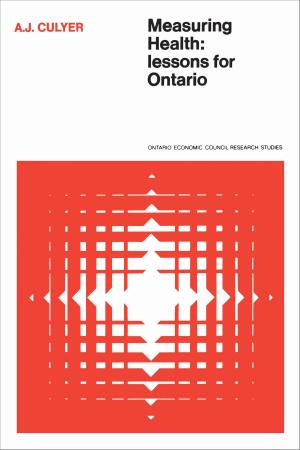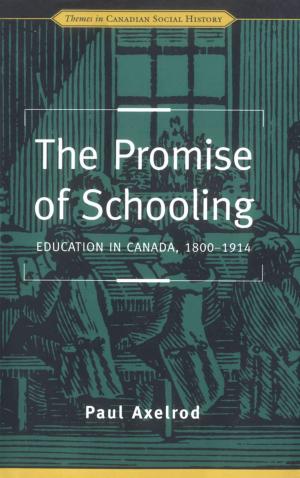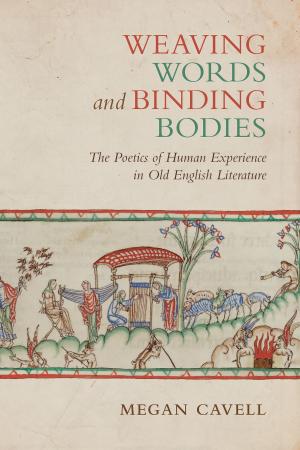Encyclopedic Dictionary of Semiotics, Media, and Communication
Nonfiction, Reference & Language, Language Arts, Communication, Fiction & Literature, Literary Theory & Criticism, Theory| Author: | ISBN: | 9781442690868 | |
| Publisher: | University of Toronto Press, Scholarly Publishing Division | Publication: | August 1, 2000 |
| Imprint: | Language: | English |
| Author: | |
| ISBN: | 9781442690868 |
| Publisher: | University of Toronto Press, Scholarly Publishing Division |
| Publication: | August 1, 2000 |
| Imprint: | |
| Language: | English |
Semiotics, Media Studies and Communication Studies are three closely interlinked fields. Briefly stated, Semiotics, the science of signs, looks at how humans search for and construct meaning; Communication Studies is concerned with how meaning is conveyed; and Media Studies considers the ways in which messages are transmitted and received. This dictionary is designed to help students and general readers unlock the significance of the terminology and jargon commonly used in these fields.
Being interdisciplinary in nature, Semiotics, Media, and Communication Studies are cluttered with notions derived from other disciplines. Hence, this dictionary also encompasses basic concepts from the fields of anthropology, archaeology, psychology, psychoanalysis, linguistics, philosophy, artificial intelligence, computer science, and biology. Collected here are the terms, concepts, personages, schools of thought, and historical movements that appear frequently in the relevant literature.
The basis of each entry is a simple definition, which often includes the term's origin. Illustrations are provided where necessary, along with historical sketches of movements or schools of thought. The commentary on personages consists of brief statements about their contribution and relevance. Thus, the dictionary not only defines what a term means, but often goes into its history, applications, and broad implications. Terms are cross-referenced and their etymology is given where possible.
This is a compact, practical research manual that will relieve much tension for students in semiotics and related fields. Because of its interdisciplinary approach, it will also provide a range of scholars with a handy reference to disciplines distinct from but related to their own.
Semiotics, Media Studies and Communication Studies are three closely interlinked fields. Briefly stated, Semiotics, the science of signs, looks at how humans search for and construct meaning; Communication Studies is concerned with how meaning is conveyed; and Media Studies considers the ways in which messages are transmitted and received. This dictionary is designed to help students and general readers unlock the significance of the terminology and jargon commonly used in these fields.
Being interdisciplinary in nature, Semiotics, Media, and Communication Studies are cluttered with notions derived from other disciplines. Hence, this dictionary also encompasses basic concepts from the fields of anthropology, archaeology, psychology, psychoanalysis, linguistics, philosophy, artificial intelligence, computer science, and biology. Collected here are the terms, concepts, personages, schools of thought, and historical movements that appear frequently in the relevant literature.
The basis of each entry is a simple definition, which often includes the term's origin. Illustrations are provided where necessary, along with historical sketches of movements or schools of thought. The commentary on personages consists of brief statements about their contribution and relevance. Thus, the dictionary not only defines what a term means, but often goes into its history, applications, and broad implications. Terms are cross-referenced and their etymology is given where possible.
This is a compact, practical research manual that will relieve much tension for students in semiotics and related fields. Because of its interdisciplinary approach, it will also provide a range of scholars with a handy reference to disciplines distinct from but related to their own.


